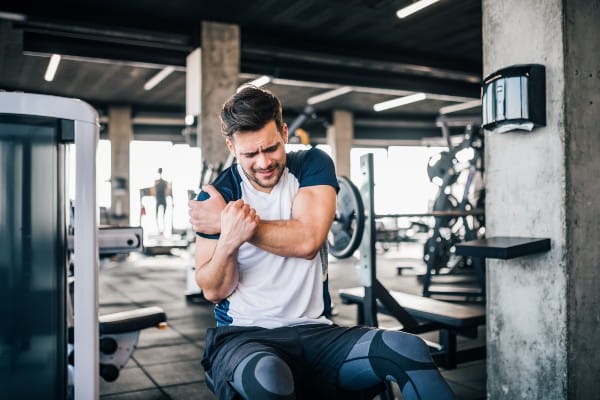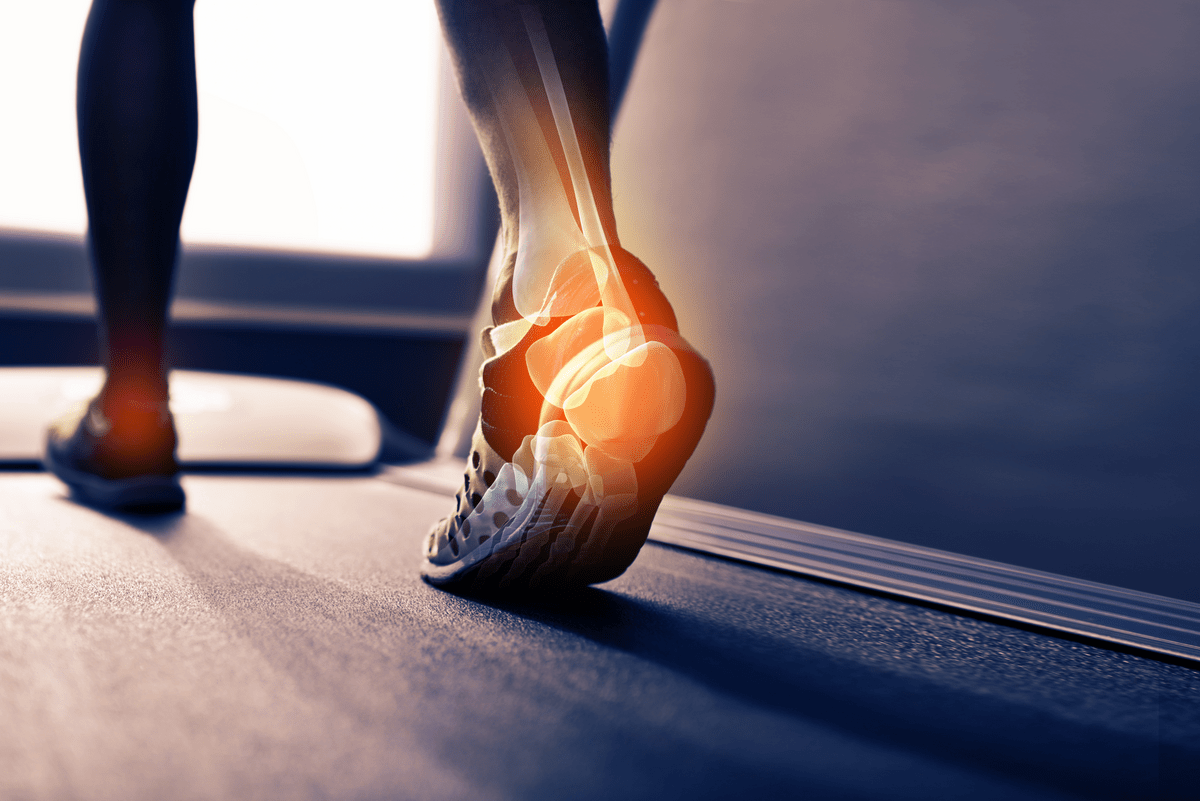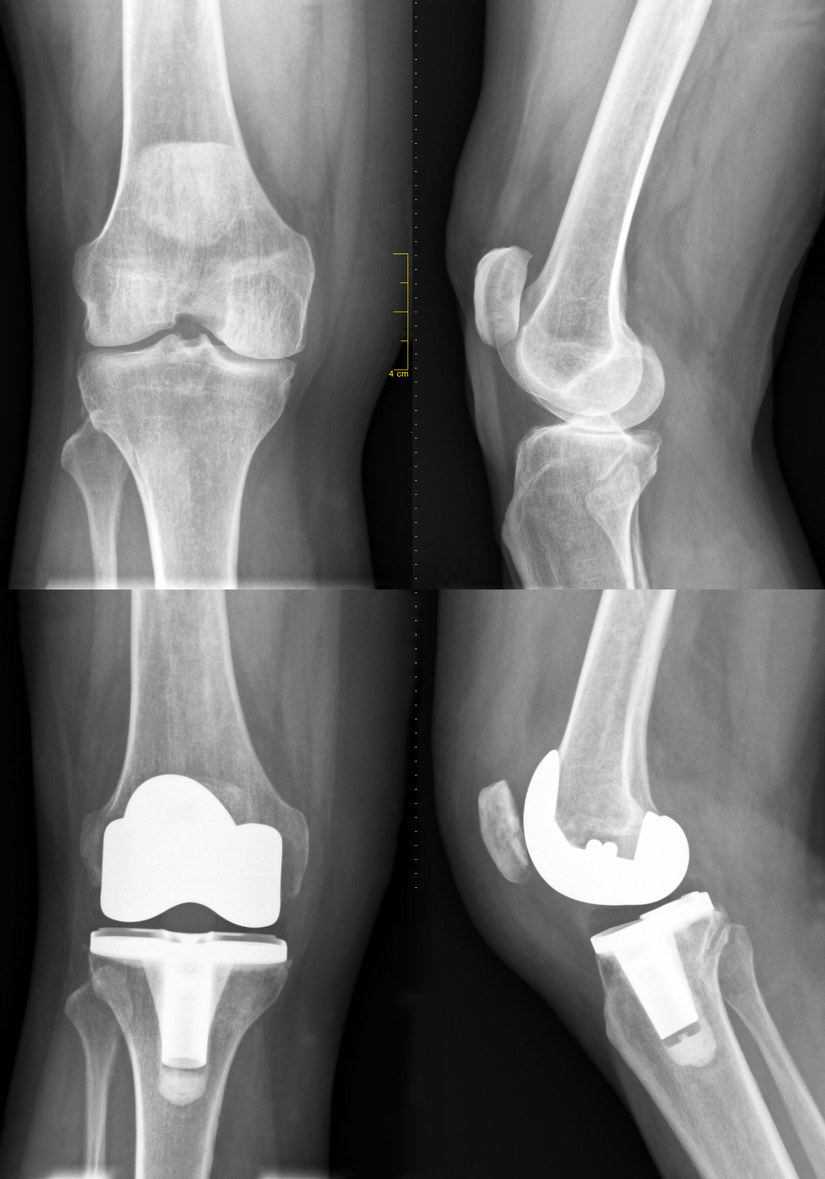For athletes and active individuals, injuries can be a frustrating part of the game. While it's often obvious when a serious injury requires emergency care, recognizing when to seek medical attention for less dramatic but lingering injuries isn’t always as clear.
Knowing the signs of both acute sports injuries and overuse injuries can help you get the right care at the right time—and avoid long-term damage.
“Our sports medicine physicians and sports medicine team want to help you return to play as quickly and safely as possible,” says Stephanie A. Giammittorio, D.O., a fellowship trained, board-certified sports medicine physician with Riverside Orthopedics and Sports Medicine Specialists. “Many of us are athletes too, so we understand how hard it is to be sidelined because of an injury.”
What Is Considered an Acute Sports Injury?
An acute injury happens suddenly during activity, often as the result of trauma such as a fall, twist or direct blow. Common examples include:
- Fractures (broken bones)
- Dislocations
- Severe ligament sprains or tears
- Tendon ruptures
When to Go to the Emergency Room
Seek immediate care for any of the following:
- Inability to bear weight on a leg or limb
- Severe pain and rapid swelling
- Visible deformity
- Loss of joint function
Some non-orthopedic symptoms after sports activity can also signal an emergency, including:
- Back pain after a hit to the lower back or kidneys
- Chest pain or shortness of breath
- Dizziness with exercise
- Heat exhaustion or heat stroke symptoms (confusion, vomiting, lack of sweating)
- Concussion signs, such as confusion, vomiting, headache, memory loss or loss of consciousness
Understanding Overuse Injuries
Unlike acute injuries, overuse injuries develop gradually due to repetitive motion and insufficient recovery time. They can affect:
- Muscles
- Tendons
- Ligaments
- Bones
- Growth plates in children and teens
Examples include:
- Runner’s knee
- Tennis elbow
- Swimmer’s shoulder
- Shin splints
- Stress fractures
- Tendinitis
Overuse injuries are particularly common in youth athletes who specialize in a single sport year-round. According to the American Academy of Pediatrics, early sport specialization can increase injury risk and burnout. Rest and cross-training are essential preventive strategies.
Signs You Should See a Sports Medicine Specialist for Your Sports Injury
Not every injury demands a doctor visit, but lingering pain is your body's way of saying something's wrong. Contact your sports medicine specialist if:
- Pain continues after a few days of rest
- Swelling or bruising doesn’t improve
- Pain returns or gets worse when you resume activity
- You hear popping or grinding in the joint
- Joint instability develops (i.e., the knee “gives out”)
- The injured area feels warm or red
Initial Treatment: R.I.C.E. Method
For mild injuries, initial home care may include the R.I.C.E. method:
- Rest – Avoid activities that worsen the injury.
- Ice – Apply cold packs 15–20 minutes at a time, several times a day.
- Compression – Use an elastic bandage to control swelling.
- Elevation – Keep the injured area raised above heart level when possible.
“If this doesn’t alleviate your pain in a few days to weeks, it’s time to make an appointment to see what’s wrong,” Dr. Giammittorio says. “You may need a physical exam or further diagnostic imaging and tests to see what’s going on.”
How Sports Medicine Physicians Help
A sports medicine provider evaluates, diagnoses, and treats a wide range of athletic injuries. They can:
- Order and interpret imaging (X-rays, MRI, ultrasound)
- Provide custom rehab plans and physical therapy referrals
- Recommend bracing, injections or surgical consultation if needed
- Guide return-to-play timelines and injury prevention strategies
Whether you’re a weekend warrior or a competitive athlete, early care helps prevent a minor issue from turning into a chronic condition.
Preventing Sports Injuries
To reduce the risk of both acute injuries and overuse injuries, consider the following:
- Warm up and cool down properly
- Use correct technique and equipment
- Avoid overtraining by allowing rest days and cross training
- Strengthen core and stabilizing muscles
- Listen to your body—don’t push through pain
If you experience a sports injury, Riverside Sports Medicine services can diagnose the injury and create a treatment plan. Our team wants to help you return to play. We can also assist teams with screenings, clinics and prevention programs.



